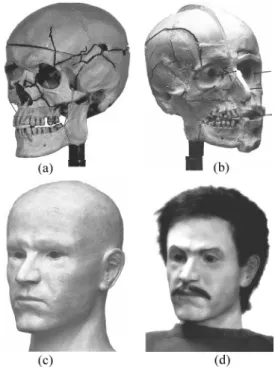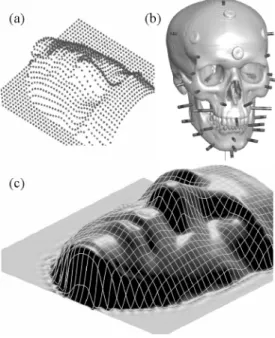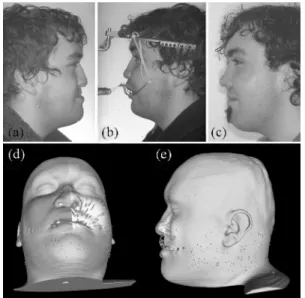Special Issue on Computer-Assisted Craniofacial Reconstruction and Modeling
Full text
Figure



Related documents
In Carrie’s Research Writing Workshop, she provided teacher- education students with a consistent structure that incorporated mini-lessons and conferencing
The transition probabilities in panel (b) were estimated from a sample enlarged to include individuals who dropped out of the sample altogether, or who did not drop out but for
In this PhD thesis new organic NIR materials (both π-conjugated polymers and small molecules) based on α,β-unsubstituted meso-positioning thienyl BODIPY have been
In all tropical regions with a high rainfall, and especially countries where melioidosis is known or suspected to occur (Table 1), we recommended that at least all ‘ Pseudomonas
Field experiments were conducted at Ebonyi State University Research Farm during 2009 and 2010 farming seasons to evaluate the effect of intercropping maize with
The compiler implementation o f Inline Target Insertion involves compile-time branch prediction and code restructuring. Branch prediction marks each static branch as
For the determination of predictors of disease activity (according to NEDA-3) and relapses occurrences a multivariate proportional hazards model was applied with the following